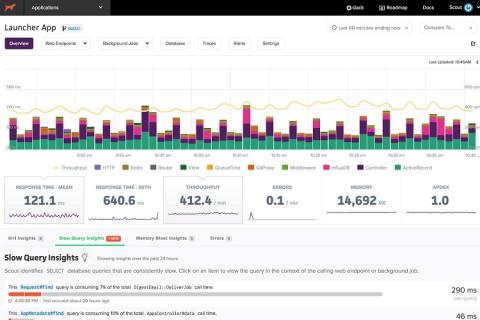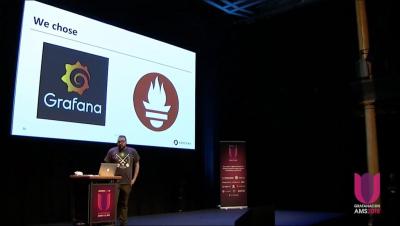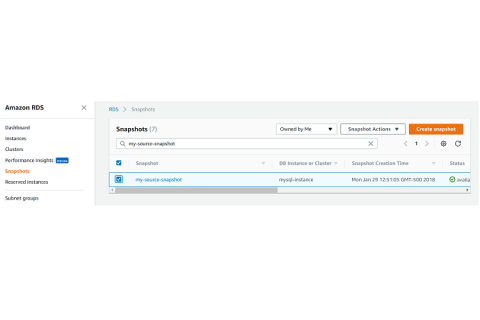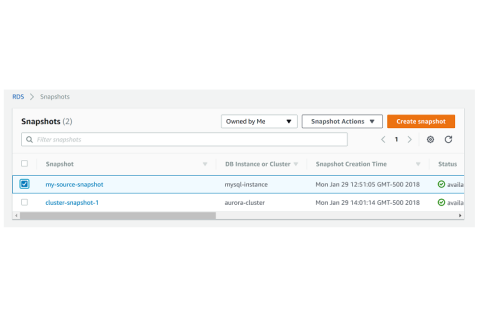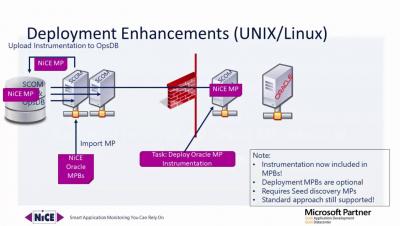Finding slow ActiveRecord queries with Scout
Once your Rails app begins seeing consistent traffic, you're bound to have slow SQL queries. While PostgreSQL and MySQL can log slow queries, it's difficult to gleam actionable information from this raw stream. The slow query logs lack application context: where's the LOC generating the query? Is this slow all of the time, or just some of the time? Which controller-action or background job is the caller? Enter Scout.


